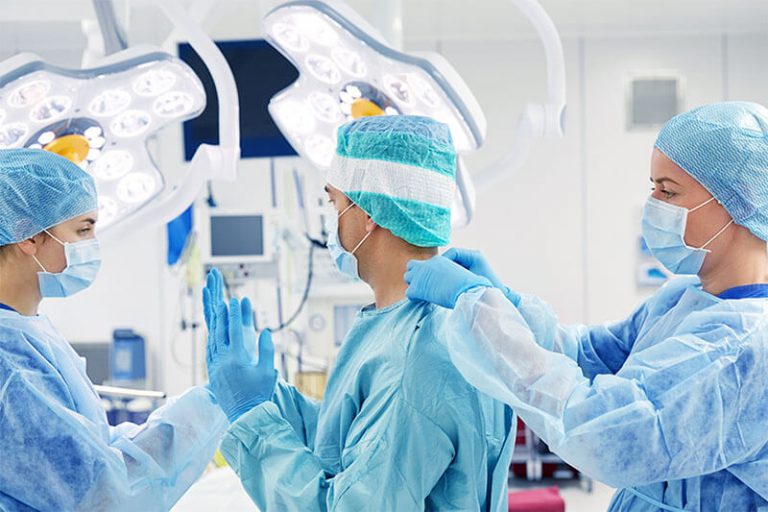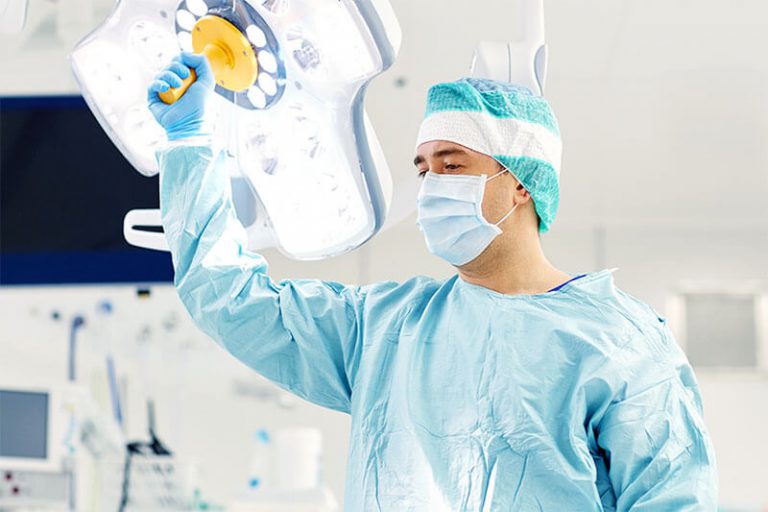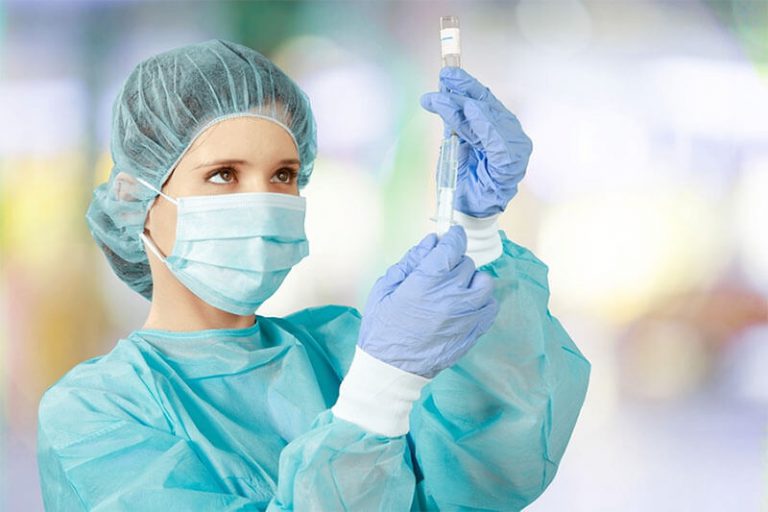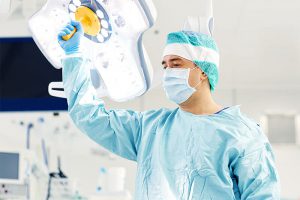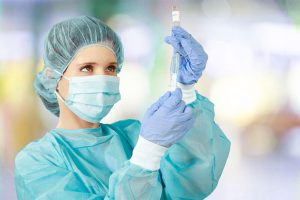
When you visit an infertility specialist!
Evaluation
All patients undergoing IVF have to undergo a series of blood tests and ultrasound for both partners.
Before the cycle is started all patients undergo Hysteroscopy, is the inspection of the uterine cavity by endoscopy with access through the cervix. It allows for the diagnosis of intrauterine pathology and serves as a method for surgical intervention to evaluate cavity of the uterus.
Semen analysis and culture are done for the husband.
All hormonal tests are done and any problem detected is treated and controlled beforehand.
When the new cycle starts baseline hormone values like LH, FSH and E2 levels are checked.
Down-regulation is a process in which injections are started from the 21st day of the previous cycle. These injections are given either in the form of a single depot or multiple injections are given subcutaneously (like insulin) under the skin.
This process helps to regulate the hormones and in proper egg formation for next cycle.
- Those who don’t form eggs-called anovulatoy
- Those who have normal eggs but we want to make more number of eggs to get better results in IUI or IVF.
- Clomifene citrate-oral
- Letrazole-oral
- Gonadotrophines- recombinanat FSH, highly purified FSH
- LH(lutinizing hormone)
- HMG(human menopausal gonadotrophin)- highly purified, or standard
- GnRh anatagonist
- GnRH analogs
- TVS- serial ultrasounds
- Monitoring of blood levels of hormones
Once the follicles are mature with the size of more than 17-18 mm final injection of HCG is given.34-35 hrs after that ovum pickup is planned.This is done under short anesthesia hence patient does not feel any pain.You will be called fasting and a intravenous cannula will be put in the vein to give some injections.
Egg pick up is done transvaginally the same way as all your follicular monitoring ultrasounds.It is a short procedure of 15-20 min.A very thin needle is put into the follicle in the ovary and egg is sucked with its fluid in the test tube, It is then given to the embryologist to fertilize it with your husband’s semen either by IVF or ICSI technique.
1-2 hrs after egg pick up you can eat light food and go home.Some amount of vaginal bleeding may occur.
ICSI is a technique in which a healthy sperm is chosen and made immotile first.Then with the help of very fine injection syringe, the sperm is introduced into the egg so that the egg can be fertilized.
ICSI is very useful for patients with poor counts and problems and is must for TESA /PESA samples as sperms taken out from testis are nonmotile.
Even samples with no motile sperms can give pregnancies with ICSI.
Nowadays ICSI is more liberally used even in normal semen samples as it gives better pregnancy rates.
Embryos are put back into the ladies womb with the help of a thin catheter called embryo transfer catheter.The technique is gentle and painless. Usually, no anesthesia or sedation is needed.
Embryos are transferred on day 3-5 after the pickup process.
The patient is made to rest in the hospital for a few hours and then she can go home. No dietary restriction is required.Certain medicines for pregnancy support are advised which should be taken regularly.
Progesteron injections are usually given for luteal (pregnancy) support.The patient is usually called after 2 weeks for a blood test to confirm pregnancy called serum beta HCG.
In case patient notices any abnormal symptoms of swelling over the abdomen, decreased urination, excessive vomiting, fever etc one must consult the doctor immediately as these might be signs of ovarian hyperstimulation.
Embryo freezing is a very important tool in any successful IVF program.
Extra embryos of any couple can be frozen for any number of years for later use at a nominal cost.
We use a technique of verification for freezing.
Usually, healthy embryos frozen can be successfully thawed for later use.In patients who have unfavorable endometrium, OHSS (ovarian hyperstimulation )or high E2 levels embryo freezing can be done.
Embryo hatching improves the capacity of the embryo to get stuck to the lining of the womb.It can be done by making the covering of the embryo thin by various techniques like-LASER, Manually or by acid tyrod solution.
We use the technique for all frozen embryo transfers, older women and in failed IVF cases.

With access to
24 Hour
Emergency
Assistance
Due to COVID19 a pandemic we are happy to serve you from the comfort of your home.
See your Doctor Face to Face on Online Video Doctor Consultation.



